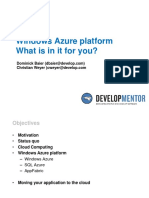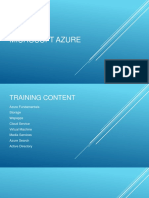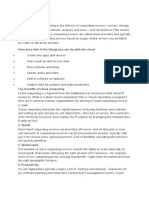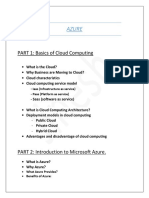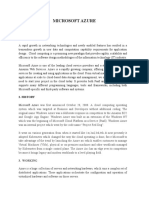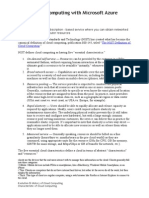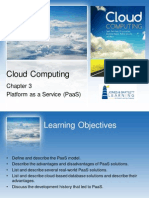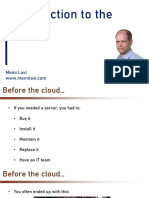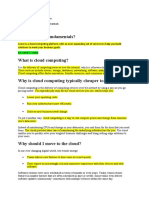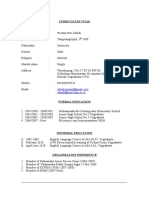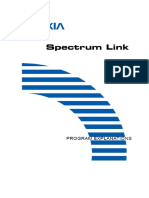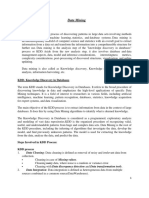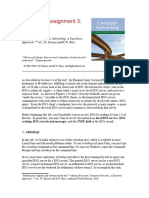0% found this document useful (0 votes)
83 views24 pagesCloud Computing and Windows Azure
Uploaded by
Pavan DaveCopyright
© Attribution Non-Commercial (BY-NC)
We take content rights seriously. If you suspect this is your content, claim it here.
Available Formats
Download as PPTX, PDF, TXT or read online on Scribd
0% found this document useful (0 votes)
83 views24 pagesCloud Computing and Windows Azure
Uploaded by
Pavan DaveCopyright
© Attribution Non-Commercial (BY-NC)
We take content rights seriously. If you suspect this is your content, claim it here.
Available Formats
Download as PPTX, PDF, TXT or read online on Scribd
/ 24










